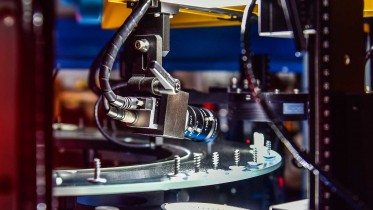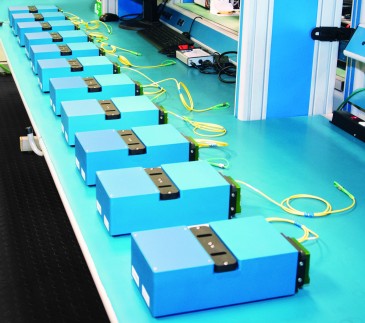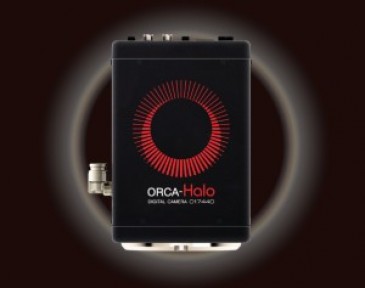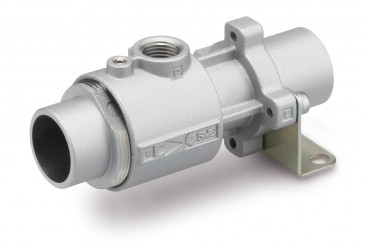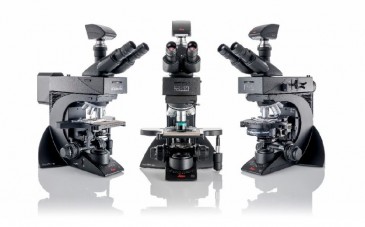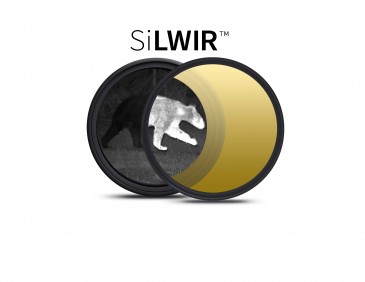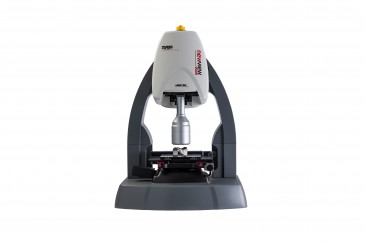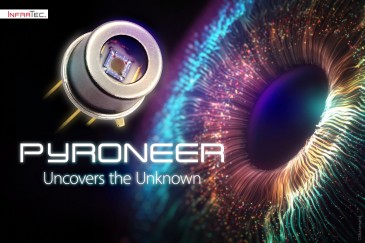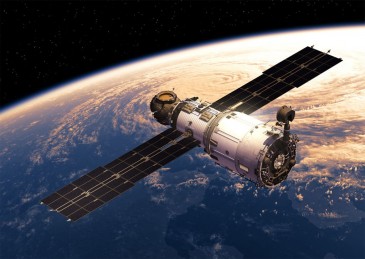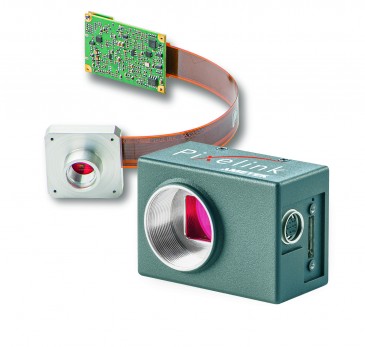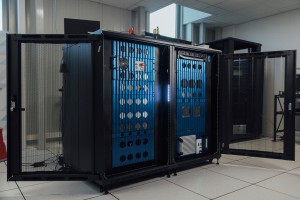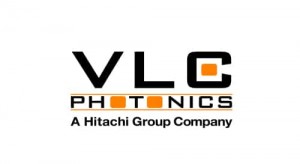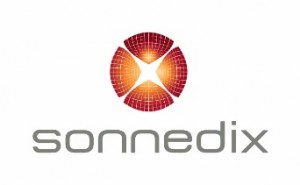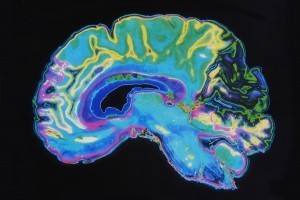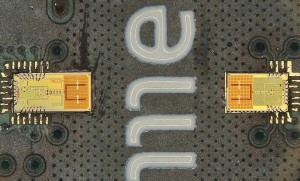
Specialty foundry TowerJazz and Newsight Imaging have announced production of Newsight’s advanced CMOS image sensor (CIS) chips and camera modules, customized for very high-volume lidar and machine vision markets, combining sensors, digital algorithms and pixel array on the same chip. Newsight’s CIS chips are used in ADAS (advanced driver assistance systems) and autonomous vehicles as well as in drones and robotics.
Lidar (light detection and ranging), a detection system that works on the principle of radar but uses light from a laser, is considered a must-have for autonomous driving due to its high resolution at long distances, and market growth is expected to be exponential once L4/L5 autonomous vehicles become mainstream. IHS estimates the automotive lidar semiconductor market will reach $1.8 billion by 2026, with 37% CAGR (2018–2026). By utilizing TowerJazz’s advanced 180-nm technology, featuring a wide range of customizable pixel architectures and technologies, Newsight can address opportunities in the automotive market as well as in the security, defense, medical, industrial and consumer markets.
Newsight’s image sensor chips are designed for high-volume, competitive applications requiring cost effectiveness, low power consumption, high performance, and analog and digital integration. The NSI3000 sensor family, currently in mass production at TowerJazz’s Migdal Haemek, Israel, facility offers extremely high sensitivity pixels, enabling the replacement of expensive CCD (charge-coupled device) sensors in many applications and is designed for programmable high-frame-rate speeds, allowing better analysis and reaction to events.
In addition, Newsight’s NSI5000, currently in development with TowerJazz at its fab in Israel, is an integrated lidar solution for long-range applications and includes a DSP (digital signal processor) controller that enables complex calculations for depth and machine vision. NSI5000 is used in 3D-pulsed lidars for automotive applications and is based on Newsight’s eTOF (enhanced time-of-flight), which bridges the gap between short-distance iTOF (indirect time-of-flight) and the long-distance automotive requirement by extending the dynamic range while retaining high accuracy.





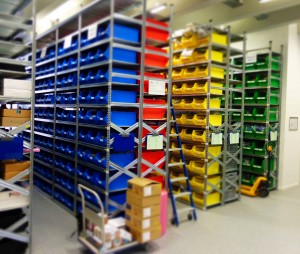

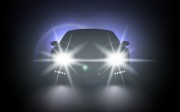
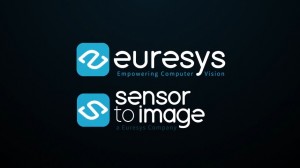
















 Back to Products
Back to Products